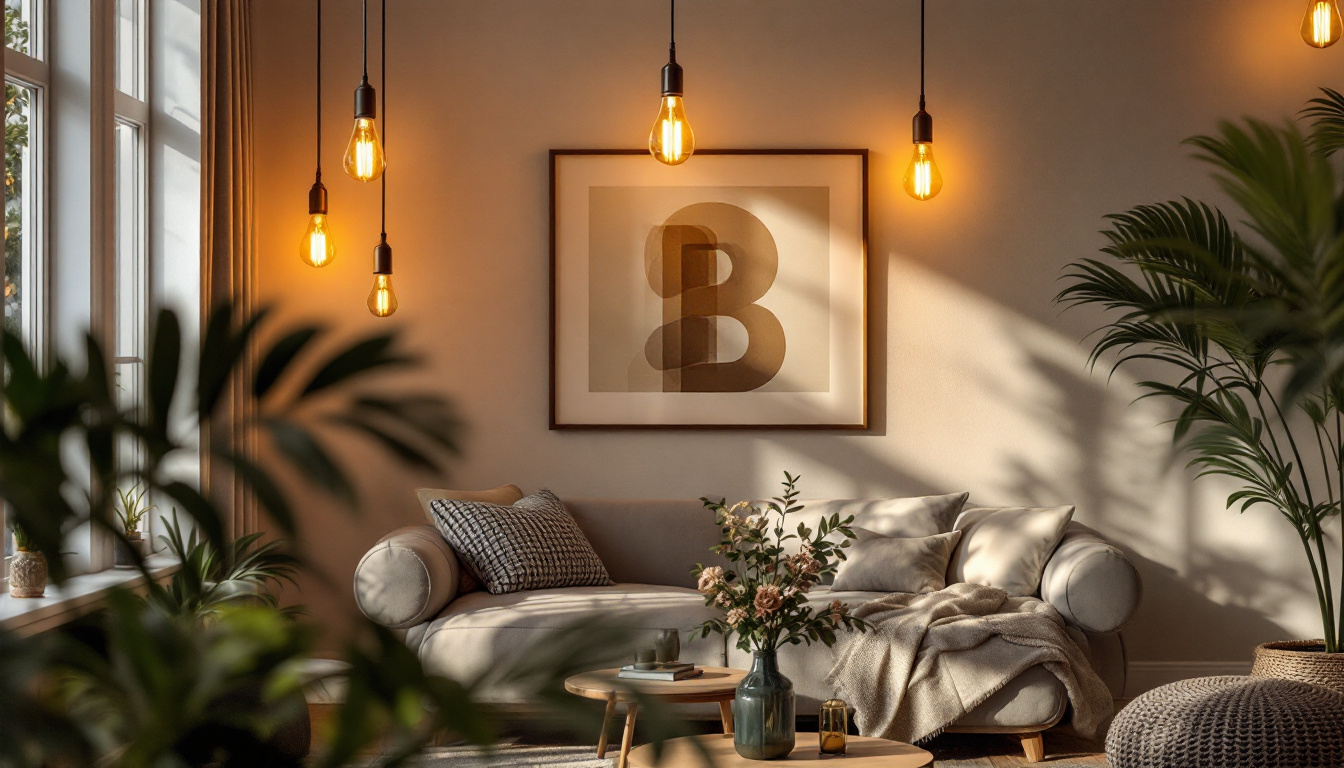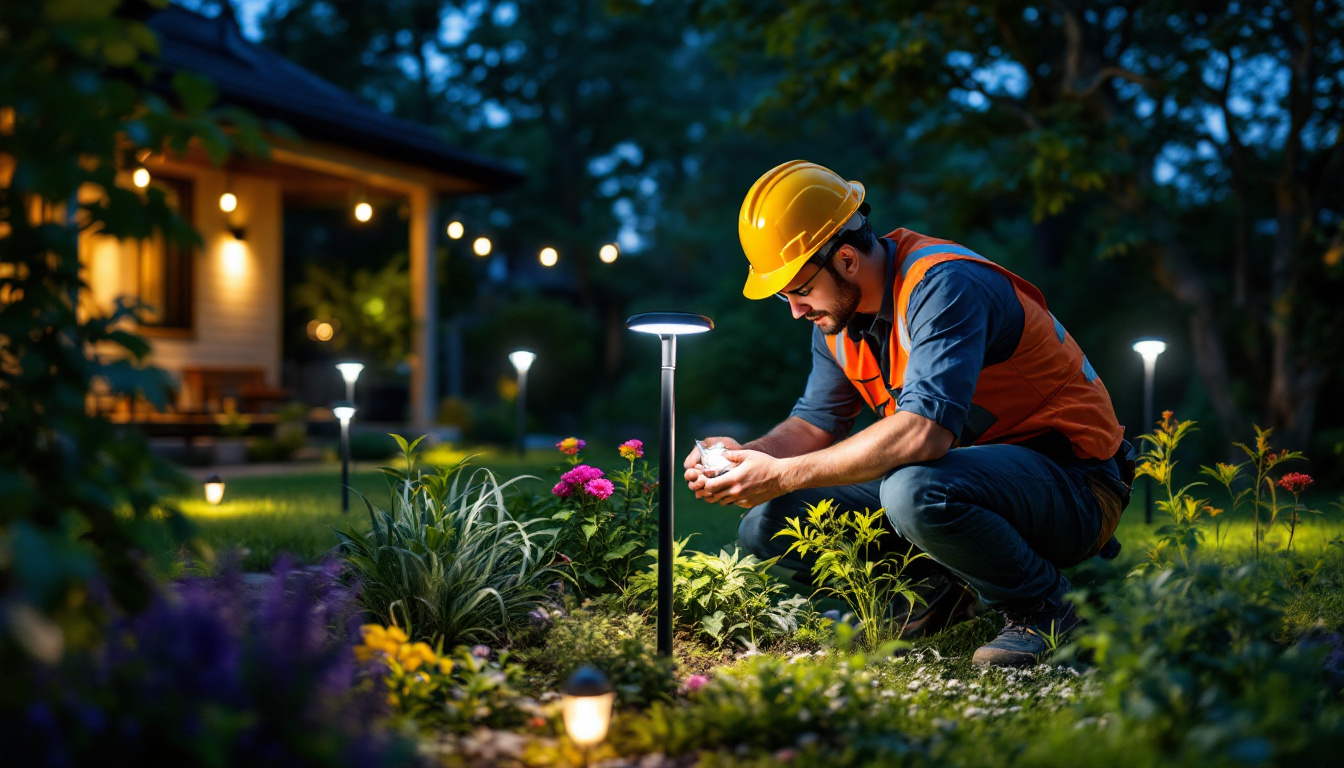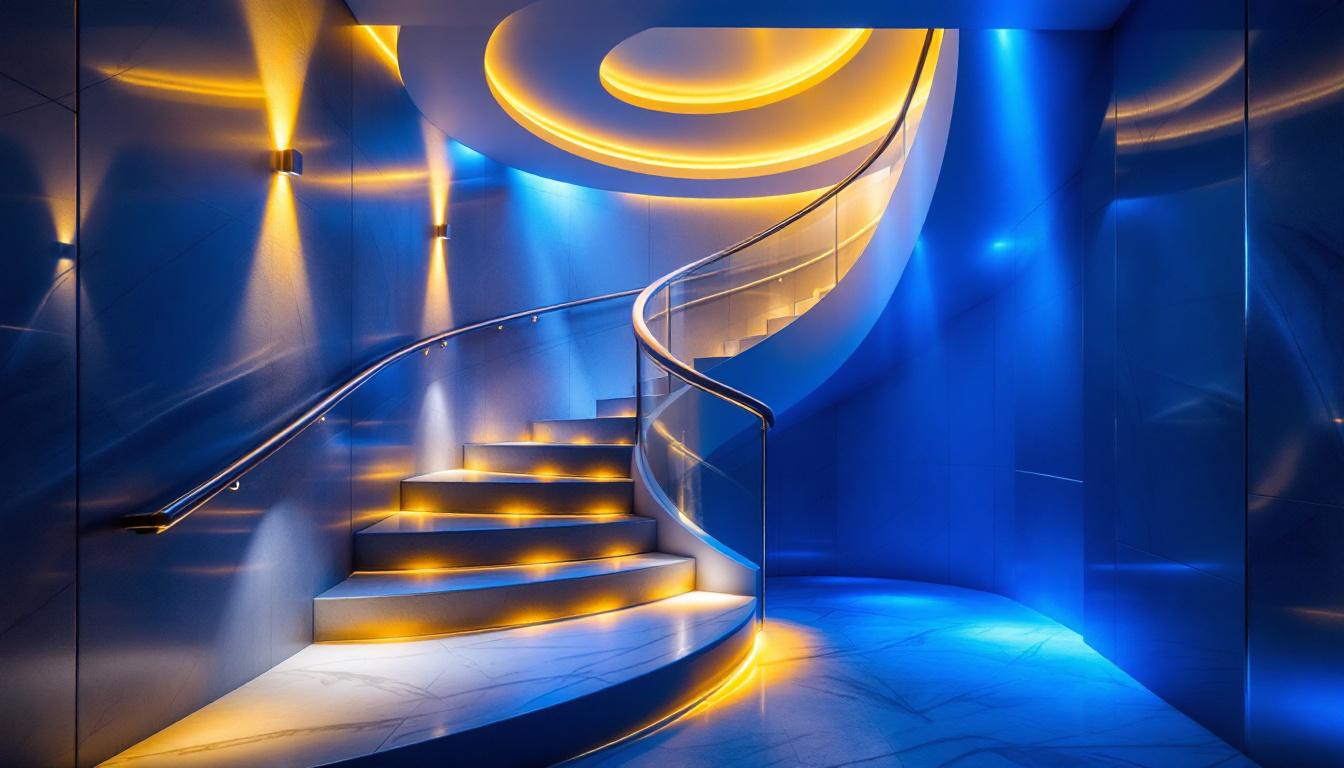
In the ever-evolving world of lighting design, the choice of bulb can significantly impact the overall aesthetic and functionality of a space. Among the myriad options available, the B type bulb stands out as a versatile and efficient choice for lighting contractors. This article delves into the characteristics, advantages, and applications of B type bulbs, revealing how they can elevate lighting designs to new heights.
B type bulbs, commonly referred to as “bulbous” bulbs, are characterized by their rounded shape, which allows for a broad dispersion of light. This design is not only aesthetically pleasing but also functional, making them suitable for various applications. Typically, these bulbs come in different wattages and color temperatures, providing flexibility for lighting contractors to meet diverse client needs.
The rounded shape of B type bulbs offers a unique design element that can enhance the visual appeal of any lighting fixture. Their bulbous form can complement both contemporary and traditional decor, making them a popular choice for chandeliers, pendant lights, and sconces. Additionally, the availability of various finishes, such as frosted, clear, or colored glass, allows for creative expression in lighting design.
Moreover, the soft glow emitted by B type bulbs creates a warm and inviting atmosphere, ideal for residential spaces such as living rooms, dining areas, and bedrooms. This quality makes them a preferred option for contractors aiming to create cozy environments that encourage relaxation and social interaction. The versatility of B type bulbs also extends to outdoor settings, where they can be used in string lights or garden fixtures, adding charm and warmth to patios and walkways, making evenings spent outdoors more enjoyable.
When selecting B type bulbs, it is essential to consider their technical specifications. These bulbs are available in both incandescent and LED options, each with its own set of advantages. Incandescent B type bulbs provide a warm light quality and are often favored for their ability to render colors accurately. However, they are less energy-efficient and have a shorter lifespan compared to their LED counterparts.
On the other hand, LED B type bulbs offer significant energy savings, lasting up to 25 times longer than incandescent bulbs. They also produce less heat, making them a safer choice for enclosed fixtures. Additionally, LED technology allows for a range of color temperatures, from warm white to cool daylight, enabling lighting contractors to tailor the ambiance to the specific needs of a space. Furthermore, many LED B type bulbs now come with dimmable options, providing even greater control over the lighting environment, allowing users to adjust brightness levels to suit different occasions, from intimate dinners to lively gatherings.
Choosing B type bulbs for lighting projects comes with a multitude of advantages that can enhance both functionality and aesthetics. Understanding these benefits can help lighting contractors make informed decisions that satisfy their clients.
One of the most significant advantages of B type bulbs, particularly the LED variants, is their energy efficiency. By consuming significantly less power while providing the same amount of light output, these bulbs contribute to lower energy bills and reduced carbon footprints. For contractors, recommending energy-efficient options not only meets client demands for sustainability but also aligns with modern building codes and regulations.
Furthermore, the longevity of LED B type bulbs means less frequent replacements, which can save clients time and money in the long run. This durability is particularly beneficial in commercial settings where lighting maintenance can be costly and disruptive.
B type bulbs are incredibly versatile, making them suitable for a wide range of applications. From residential to commercial spaces, their design and functionality allow for creative lighting solutions. In homes, they can be used in decorative fixtures, providing both task lighting and ambient illumination.
In commercial environments, B type bulbs can be employed in retail displays, restaurants, and office spaces, where their ability to create inviting atmospheres can enhance customer experiences and employee productivity. Lighting contractors can leverage this versatility to meet diverse client needs and preferences.
Another notable advantage of B type bulbs is their ease of installation and compatibility with various fixtures. Most B type bulbs use standard bases, making them compatible with a wide range of lighting fixtures. This feature simplifies the installation process, allowing contractors to quickly replace existing bulbs without the need for extensive modifications.
Moreover, the widespread availability of B type bulbs in both incandescent and LED forms ensures that contractors can find suitable options for any project, regardless of the existing lighting infrastructure. This compatibility streamlines the design process and enhances overall project efficiency.
Incorporating B type bulbs into lighting designs requires a thoughtful approach to maximize their potential. By understanding their characteristics and applications, lighting contractors can create stunning and functional lighting schemes that resonate with clients.
Layered lighting is a design technique that involves using multiple sources of light to create depth and interest in a space. B type bulbs can play a crucial role in this approach, providing ambient, task, and accent lighting. For instance, using B type bulbs in chandeliers or pendant fixtures can establish a warm ambient glow, while strategically placed accent lighting can highlight architectural features or artwork.
By combining different types of lighting, contractors can enhance the overall aesthetic and functionality of a space. B type bulbs, with their ability to diffuse light evenly, are ideal for achieving this layered effect, ensuring that every corner of a room is well-lit and inviting.
The color temperature of B type bulbs can significantly influence the mood and functionality of a space. Warmer color temperatures (around 2700K) are often preferred for residential areas, creating a cozy and inviting atmosphere. In contrast, cooler temperatures (above 4000K) are suitable for workspaces, as they promote alertness and focus.
Lighting contractors should consider the intended use of each space when selecting the color temperature of B type bulbs. By aligning the lighting with the purpose of the room, contractors can enhance the overall experience for occupants, whether it’s relaxation in a living room or productivity in an office.
Many B type bulbs, particularly LED variants, are compatible with dimmer switches, allowing for greater control over lighting levels. This feature is particularly advantageous in settings where flexibility is essential, such as dining areas or conference rooms. By incorporating dimmable B type bulbs, contractors can provide clients with the ability to adjust lighting according to their preferences and activities.
When designing with dimmable options, it is crucial to ensure that the dimmer switch is compatible with the specific type of B type bulb being used. This attention to detail can enhance the overall functionality of the lighting design and contribute to client satisfaction.
While B type bulbs offer numerous advantages, lighting contractors should also be aware of potential challenges and considerations when incorporating them into designs. Understanding these factors can lead to more successful projects and satisfied clients.
Although LED B type bulbs produce less heat than incandescent bulbs, it is still essential to consider heat management, especially in enclosed fixtures. Overheating can lead to reduced efficiency and a shorter lifespan for the bulbs. Contractors should ensure that fixtures are designed to allow for proper ventilation and heat dissipation.
Additionally, using B type bulbs in fixtures that are rated for their wattage is crucial to prevent overheating. By adhering to manufacturer guidelines and specifications, contractors can mitigate potential issues and ensure the longevity of the lighting design.
Educating clients about the benefits and features of B type bulbs is vital for successful project outcomes. Many clients may be unfamiliar with the advantages of LED technology or the importance of color temperature in lighting design. Lighting contractors should take the time to explain these concepts, helping clients make informed decisions that align with their preferences and needs.
Providing clients with information on energy savings, bulb longevity, and aesthetic options can enhance their overall satisfaction with the project. This education can also foster trust and confidence in the contractor’s expertise.
The lighting industry is continually evolving, with new technologies and trends emerging regularly. Staying informed about these developments is essential for lighting contractors looking to remain competitive. B type bulbs, particularly in their LED form, are likely to continue gaining popularity due to their energy efficiency and versatility.
Additionally, advancements in smart lighting technology may further enhance the functionality of B type bulbs. Integrating smart controls and automation can provide clients with greater convenience and control over their lighting environments. Contractors should keep an eye on these trends to offer innovative solutions that meet the changing demands of clients.
B type bulbs represent a powerful tool for lighting contractors seeking to enhance their designs. With their unique shape, energy efficiency, and versatility, these bulbs can elevate the aesthetic and functionality of any space. By understanding their characteristics and applications, contractors can create stunning lighting solutions that resonate with clients.
As the industry continues to evolve, embracing the potential of B type bulbs will be crucial for staying ahead of the curve. By leveraging their advantages and addressing potential challenges, lighting contractors can deliver exceptional results that not only meet but exceed client expectations. In a world where lighting plays a pivotal role in shaping experiences, B type bulbs are indeed the secret to better lighting designs.
Ready to transform your lighting designs with the efficiency and elegance of B type bulbs? Look no further than LumenWholesale, where we offer an extensive selection of spec-grade lighting products that combine quality and affordability. Our commitment to cutting out the middleman means you get the best value on wholesale lighting without the inflated markups. Plus, with free shipping on bulk orders, you can stock up on superior lighting solutions and keep your projects shining bright. Elevate your lighting designs today by visiting Wholesale Lighting at the Best Value and discover the LumenWholesale difference.

Discover essential best practices for lighting contractors in the solar light industry.

Discover how strategic staircase ceiling lighting can enhance the efficiency of your lighting projects.

Discover the essential compliance guidelines and expert tips for lighting contractors on installing solar lanterns in trees.

Explore the essential insights and strategies for lighting contractors in this comprehensive guide.